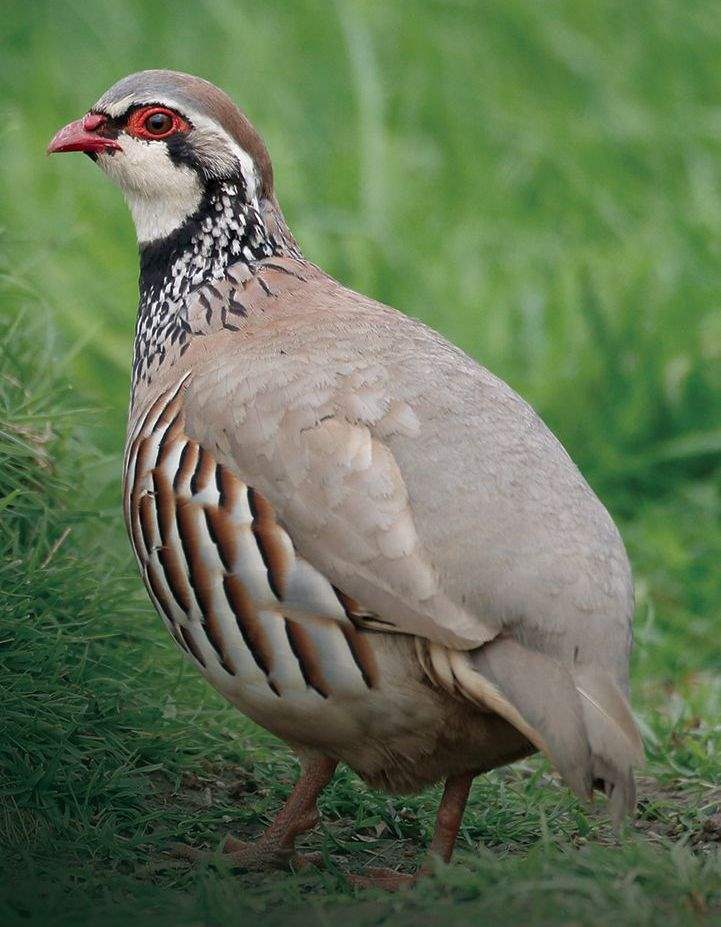Abstract
For many shoots marketing game meat proved challenging last season
.png)
For many shoots marketing game meat proved challenging last season
Supply outstrips demand
During the 2017/18 season many shoots began to find marketing shot game increasingly challenging. The increased popularity of game shooting has led to more birds being released, creating an imbalance between game meat supply and demand.
Savills Game Meat survey of 566 shoots in conjunction with the Countryside Alliance found that game dealers take, on average, 48% of a shootsʼ shot game. Our Shoot Benchmarking data shows prices received have fallen by 50–60% over the last six years (Figure 2), and fell 35–38% between the 2016/17 and 2017/18 seasons.
The market situation also meant not all shoots were able to sell their shot game, last season 46% were supplying their game dealer free of charge and 12% were paying the game dealer to collect them. There was some variation but typically payments were 20–30p per bird.

FIGURE 2 | Shot game prices have fallen over the past six years
Source: Savills Research
What is the solution?
Shoots recognise this problem must be tackled and know they must become more pro-active in the sale and marketing of their shot game. Nearly all agreed collective action and cooperation is required, with many shoots suggesting a central body should be formed to promote game consumption to consumers and co-ordinate sales into supermarkets.
Since the survey was undertaken, the British Game Alliance has been launched (May 2018; britishgamealliance.co.uk) and will focus on these areas. Recent polling for the Countryside Alliance found 85% of consumers had never bought pheasant or partridge to cook at home, and a high proportion of them are not averse to trying game. These factors suggest that cooperation and targeted action offer potential to develop a more sustainable game meat supply chain and alleviate the issues experienced last season.

3 other article(s) in this publication